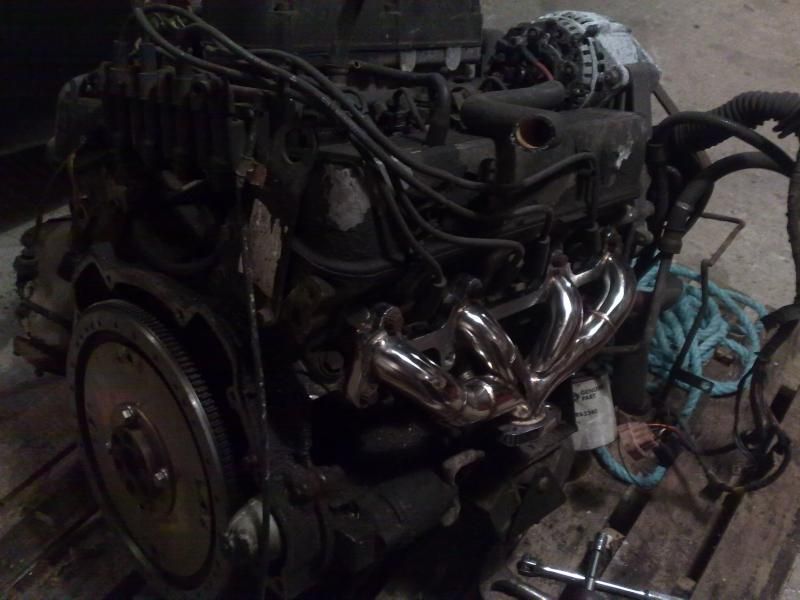Hi Jim,
Why do you wish to use the P38 power steering pump as opposed to the P6B item? The latter bracket and pump will attach in exactly the same way and location to the 4.6 block as it does to the 3.5 P6B block.
If you do run the 4.6 timing cover, the water pump is designed to run in the opposite direction. The P38's have their thermostat located within a sealed plastic housing that fits into the lower radiator hose. The thermostat, which open at 96 degrees C, cannot be changed nor removed. As the water pump foot prints are distinct, a P6B water pump cannot be used on the 4.6 timing cover.
Ron.
Why do you wish to use the P38 power steering pump as opposed to the P6B item? The latter bracket and pump will attach in exactly the same way and location to the 4.6 block as it does to the 3.5 P6B block.
If you do run the 4.6 timing cover, the water pump is designed to run in the opposite direction. The P38's have their thermostat located within a sealed plastic housing that fits into the lower radiator hose. The thermostat, which open at 96 degrees C, cannot be changed nor removed. As the water pump foot prints are distinct, a P6B water pump cannot be used on the 4.6 timing cover.
Ron.


